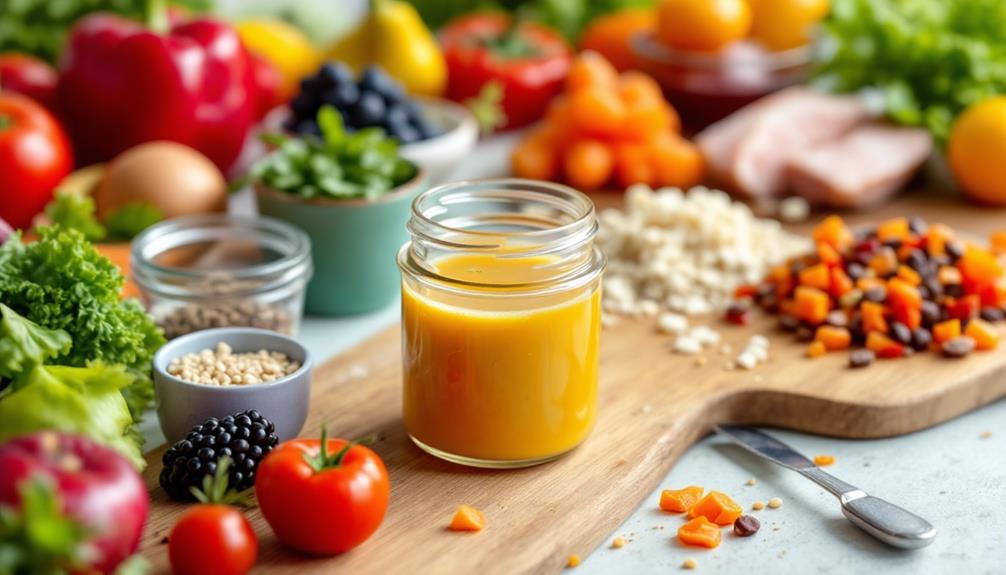To successfully cut with clean eating, focus on whole foods like fruits, vegetables, and lean proteins. Meal planning is essential; create a weekly menu and stick to a shopping list to avoid impulse purchases. Stay hydrated by drinking at least eight glasses of water daily and opt for high-water fruits and veggies. Control portion sizes by using smaller plates and listening to your hunger cues. Always check food labels for serving sizes and ingredients, choosing options with whole foods and few additives. Embracing these tips will streamline your clean eating journey, leading to effective results and healthy habits. There's more to explore on this subject.
Core Insight
- Emphasize whole foods like fresh fruits, vegetables, and lean proteins to fuel your body and support cutting goals.
- Plan meals in advance to avoid impulse buys and ensure you have nutritious options readily available.
- Stay hydrated by drinking at least eight 8-ounce glasses of water daily to enhance energy and metabolism.
- Practice portion control by using smaller plates and pre-portioning snacks to prevent overeating.
- Read food labels carefully to choose whole foods with minimal additives that align with your fitness goals.
Focus on Whole Foods

When it comes to clean eating, focusing on whole foods is very important. Whole foods are unprocessed and do not have additives, making them a healthier choice. Think about fresh fruits, vegetables, whole grains, lean proteins, and healthy fats. These foods give your body the essential nutrients it needs for energy and overall health. If you want to increase your protein intake, there are gluten-free options available that fit well with clean eating.
Start by adding more fruits and vegetables to your meals. They are full of vitamins, minerals, and fiber, which help keep you feeling full and satisfied. Choose whole grains like brown rice or quinoa instead of refined grains. Pick lean proteins such as chicken, fish, or legumes to support your muscles. Don't forget about healthy fats like avocados and nuts, which are good for your brain. Embracing whole foods can greatly improve your clean eating journey.
Plan Your Meals
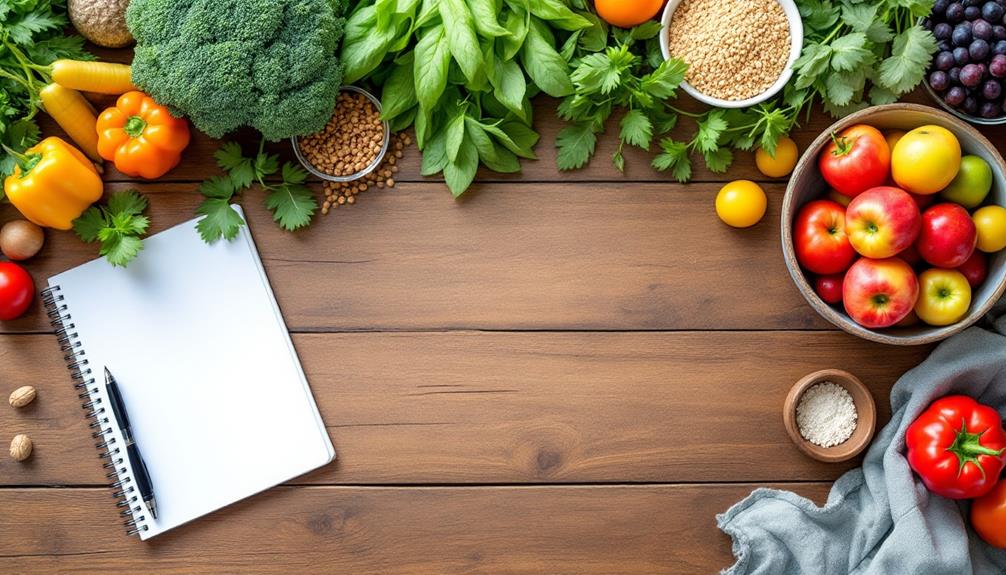
- Set a Schedule: Pick one day each week for meal planning and prep. You can add low-calorie protein bars to your meal plan for quick, healthy snacks.
- Create a Menu: Write down the meals you want to make, focusing on whole foods.
- Make a Shopping List: List the ingredients you need to help avoid impulse buys at the store.
- Prep Ahead: Cook larger portions and keep them in the fridge or freezer for easy access during the week.
Stay Hydrated

Staying hydrated is important for your health and energy. Water is essential for many body functions, like digestion, metabolism, and keeping your body temperature stable. When you drink enough water, you feel more energetic and focused. In hot weather or during exercise, you might consider using salt pills to replace electrolytes lost through sweat. This can help you stay hydrated and perform your best.
Try to drink at least eight 8-ounce glasses of water each day, but you may need more if you're active or it's hot outside. Don't wait until you feel thirsty to drink; make it a habit to sip water throughout the day. You can also boost your hydration by eating fruits and vegetables with high water content, such as cucumbers and oranges.
Control Portion Sizes
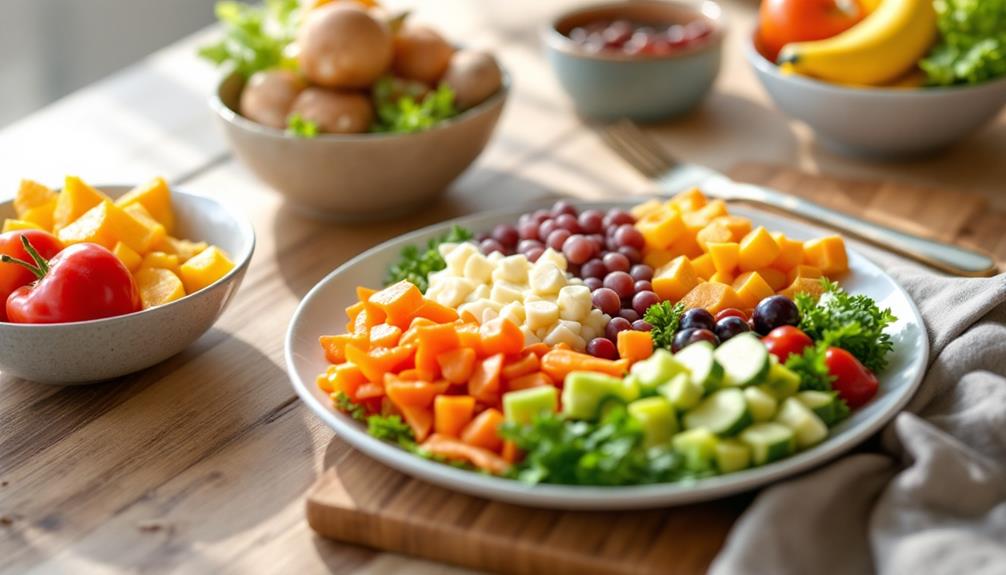
Controlling portion sizes is important for a healthy diet. It helps stop overeating and avoids unwanted weight gain. Here are some simple ways to manage your portions:
- Use Smaller Plates: Choosing a smaller plate can help you feel satisfied with less food.
- Measure Your Food: Use measuring cups or a kitchen scale to get the right portions for your meals, especially for foods that are high in calories. This is also important when taking brain health supplements, as they often need precise amounts for the best results.
- Listen to Your Body: Pay attention to how hungry you feel. Stop eating when you feel satisfied, not overly full.
- Pre-portion Snacks: Instead of grabbing snacks from the bag, put them into small containers. This helps you avoid eating too much without thinking.
Read Food Labels
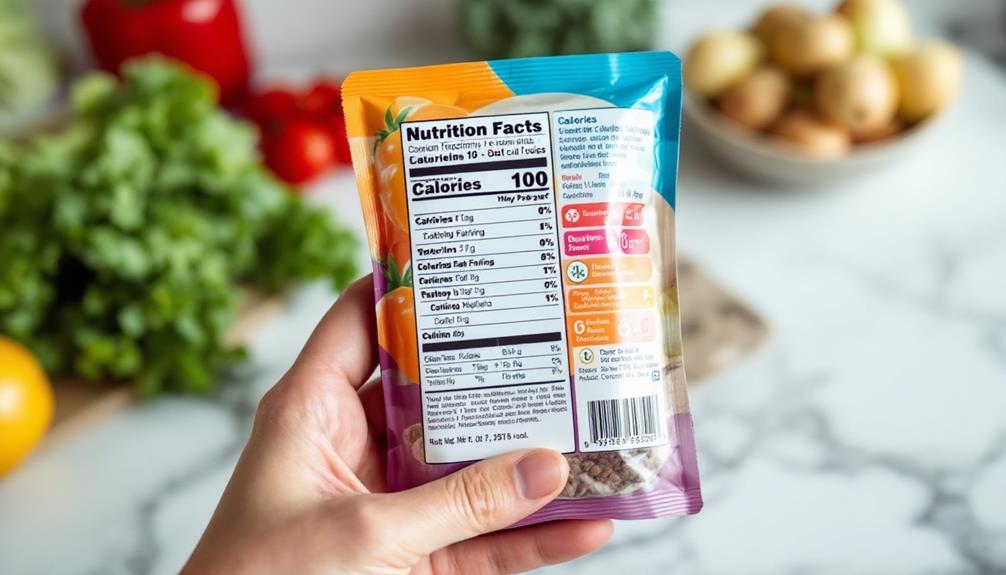
When you go grocery shopping, it's important to read food labels to make good choices about what you eat. Start by checking the serving size. This tells you how many servings are in the package and how many calories you will consume. Then, look at the calories per serving to understand your intake better. If you are trying to lose weight, focus on key ingredients that help with your fitness goals, like those found in caffeine-free pre-workout supplements. These can boost muscle pump and endurance without the effects of caffeine.
Also, pay attention to the ingredient list. Ingredients are listed by weight, so the first few are the most important. Try to choose items with whole foods and fewer additives.
Incorporate Healthy Fats

Incorporating healthy fats into your diet is essential for your overall health and can enhance your journey toward clean eating. Healthy fats support brain function, help balance hormones, and improve nutrient absorption. While they are often linked to building muscle, healthy fats can also assist you in achieving your cutting goals by keeping you full and maintaining hormone balance. Here are some excellent sources to consider adding to your meals:
- Avocados – These are full of monounsaturated fats and are delicious in salads or smoothies.
- Nuts and Seeds – Almonds, walnuts, chia seeds, and flaxseeds are great sources of omega-3s and protein.
- Olive Oil – A key part of Mediterranean diets, it's perfect for cooking or as a drizzle over your dishes.
- Fatty Fish – Salmon, mackerel, and sardines are rich in omega-3 fatty acids, which are good for heart health.
Prepare Your Own Meals
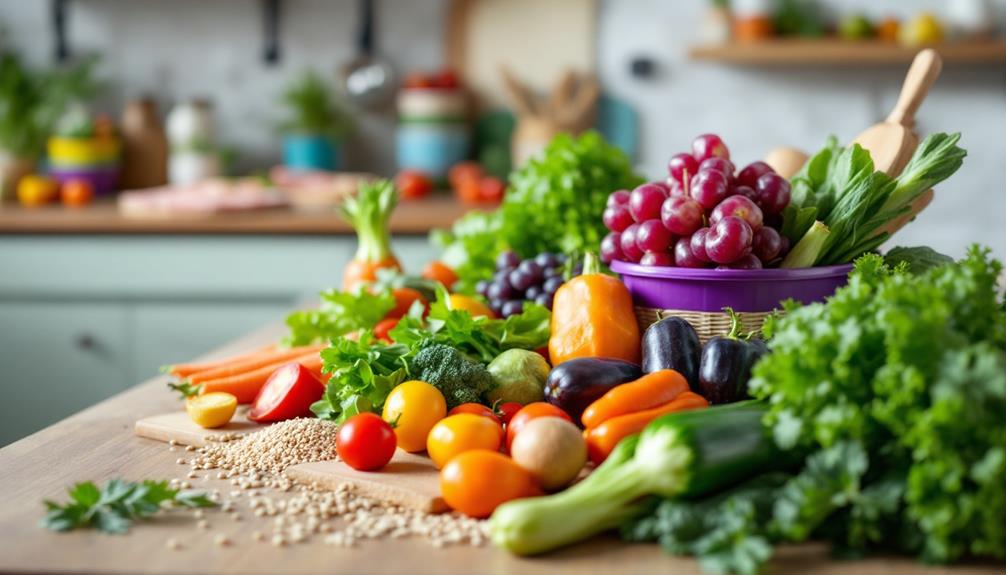
Preparing your own meals is a great way to take control of your nutrition and ensure you eat healthy. When you cook at home, you can choose fresh ingredients, manage portion sizes, and avoid hidden sugars and unhealthy fats. Start by planning your meals for the week. Make a shopping list that includes whole foods like vegetables, lean proteins, and whole grains. If you need quick options, consider adding low-calorie protein bars to your meal plan to help meet your nutritional goals while keeping calories in check.
Set aside some time each week to prepare meals in batches. This will save you time and ensure you always have healthy options available. Use easy cooking methods like steaming, grilling, or roasting to keep your meals nutritious. Finally, try different herbs and spices to add flavor without extra calories. You'll find that cooking your own meals can be enjoyable and rewarding.
Frequently Asked Questions
Can I Eat Snacks While Following a Clean Eating Plan?
Yes, you can eat snacks while following a clean eating plan. Just choose nutrient-dense options like fruits, nuts, or yogurt. These choices keep you satisfied and energized without compromising your health goals. Enjoy your snacks wisely!
How Do I Handle Cravings During a Cutting Phase?
When cravings strike like a storm, you've got to anchor yourself. Distract your mind with activities, sip herbal tea, or opt for healthier alternatives. Remember, it's about balance, not deprivation; you can conquer this!
Are There Specific Foods to Avoid Entirely?
You should avoid processed foods, sugary snacks, and refined carbs. These items can sabotage your efforts and lead to cravings. Focus on whole, nutrient-dense foods that keep you satisfied and support your goals effectively.
How Often Should I Weigh Myself While Cutting?
Weigh yourself weekly to track progress effectively. Daily fluctuations can be misleading, so focus on the average weight over time. This approach gives you a clearer picture of your cutting journey without unnecessary stress.
Can I Still Enjoy Dining Out While Clean Eating?
Yes, you can enjoy dining out while clean eating! Just choose healthier options, watch portion sizes, and don't hesitate to ask for modifications. It's all about balance and making mindful choices that fit your goals.

